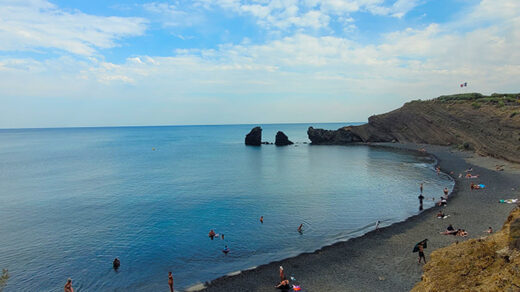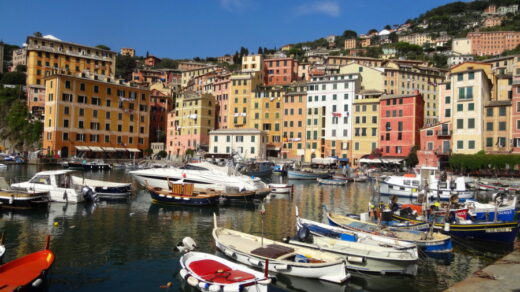Not far from Toulouse, there is a beautiful medieval city called Carcassonne. It is actually divided in two parts: the modern one and the medieval one. So, if you go to Carcassonne, you will be able to visit two cities at once. I recommend staying a few days to see everything. When I went, it was only a day-trip from Toulouse and I only had time to see the medieval part.
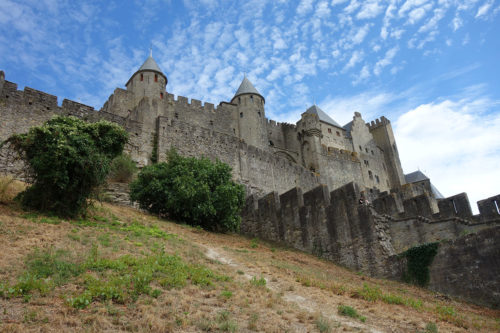
A Little Bit Of History
Carcassonne’s history starts in 122 BC with the Romans. Then, in the 5th century, Visigoths arrive. Over the centuries, there are several different rulers of the city and its region. You can see some evidence of these periods in the architecture of the medieval city. During the feudal period, the city expands and is fortified. There are also some additions such as the cathedral and the counts’ castle. Later, around 1200, the castle gains a new floor.
During the Royal period, Louis IX asks for a second enclosure around the city, to be able to survive long sieges. In 1418, a new city is built on the other side of the Aude river. It is called the low town. However, in 1659, the Treaty of the Pyrenees changes things. The province of Roussillon becomes French and the city of Carcassonne is no longer important as a military post. Carcassonne becomes a poor district, and people move to the low town.
In 1849, the government orders the demolition of the fortifications. Thanks to three men, this doesn’t happen. Jean-Pierre Cros-Mayrevieille, a historian who lives near the city, is shocked to see local contractors steal stones from the medieval city. Thanks to him, the city is “re-discovered”. At the time, the writer Prosper Mérimée is Inspector General of Historical Monuments and falls in love with Carcassonne’s monument. Finally, the third man is the architect Eugène Viollet-le-Duc, who is in charge of the renovations. Success: in 1862, the ramparts of Carcassonne become a protected historical monument.
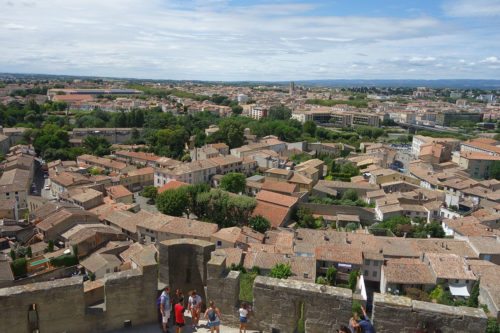
The Legend Of Dame Carcas
According to the legend, the name of the city comes from Dame Carcas. When the city is besieged by Charlemagne’s army, Dame Carcas finds various strategies to drive him away. Her husband, a Muslim prince, had been killed by the Frank Army, and she was left to defend the city.
First, Dame Carcas created fake soldiers and placed them in each tower of the city. The siege lasted for 5 years. However, at the beginning of the sixth year, there was less and less water and food. Since the city was at the time Muslim, they didn’t eat pork. She got the idea to feed a bag of wheat to a pork and then throw it from the highest tower. This way, Charlemagne thought that the city still had lots of food since they could waste a whole pig fed with wheat. That’s when he decided to leave. Dame Carcas, so happy, asked to ring all the bells in the city. One of Charlemagne’s soldiers said “Carcas sonne” (Carcas rings) and that’s how the name was created.
You can see a statue of Dame Carcas at the entrance of the ramparts. However, I’m sorry to tell you this, but this is actually just a legend and the name doesn’t come from Dame Carcas. In reality, around the 6th century BC, there was an oppidum called Carsac. Romans fortified it and called it Carcaso. After the fall of the Roman empire, Carcaso became Carcasona.
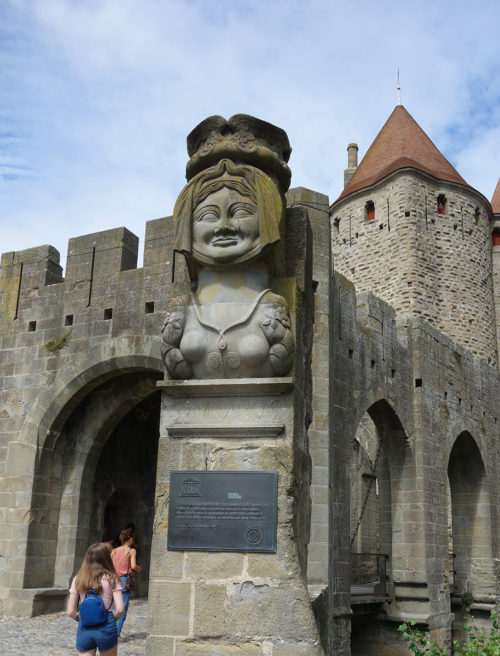
Practical Info
You can walk around and inside the city for free. There are many shops and usually a whole lot of tourists. For a good reason. Indeed, the city is really pretty. It reminded me of Mont Saint-Michel. You can buy souvenirs, take nice pictures, buy some good (and some less good) food. It’s a bit expensive, but that’s because it’s a very touristy place.
If you want to visit the castle and walk on the ramparts, you’ll have to pay a fee: 9.50€ on your own, 13 or 17€ if you want a guided visit (depending on the one you choose). I suggest you book your visit in advance. During the peak season, I think it is necessary.
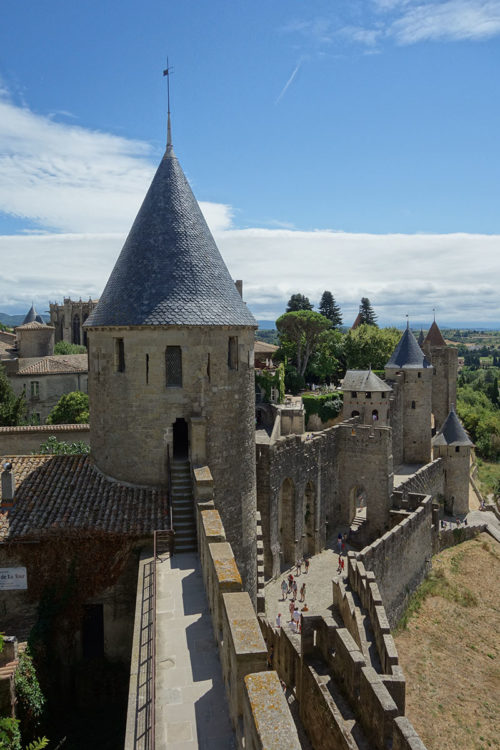
The Not So Temporary Art Work Of Felice Varini
There was one thing I loved in the city of Carcassonne: it was some circles on the walls, that you could only see from a certain place and angle. I thought it looked magical and wondered what it meant.
It turns out these are the remains of an art work realized by Felice Varini in 2018. There were yellow circles on the walls and it was supposed to be temporary. Unfortunately for the historians, the art left its trace, and you can see the marks on the walls. I understand that these can be seen as damages on the old ramparts, but I still find them beautiful.
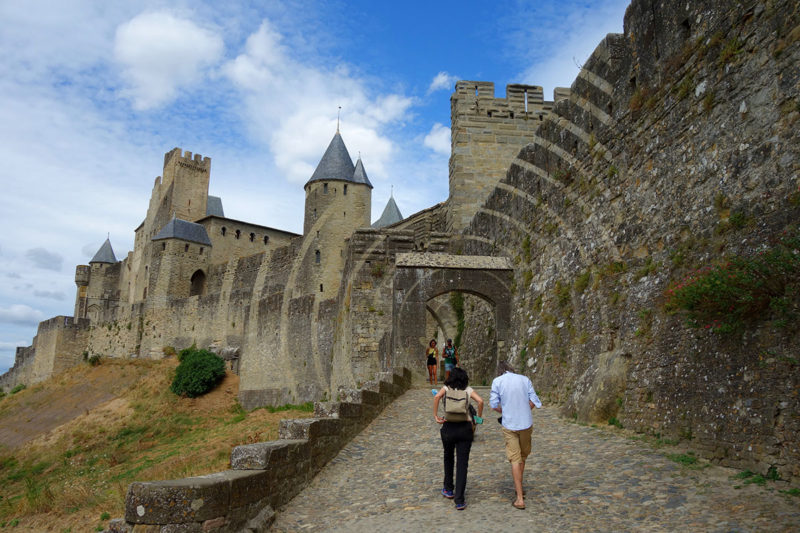
To know more about Carcassonne, you’ll have to go visit the city now! I hope you’ll like it as much as I did. 😃
To see more photos of France, you can visit the gallery France.

